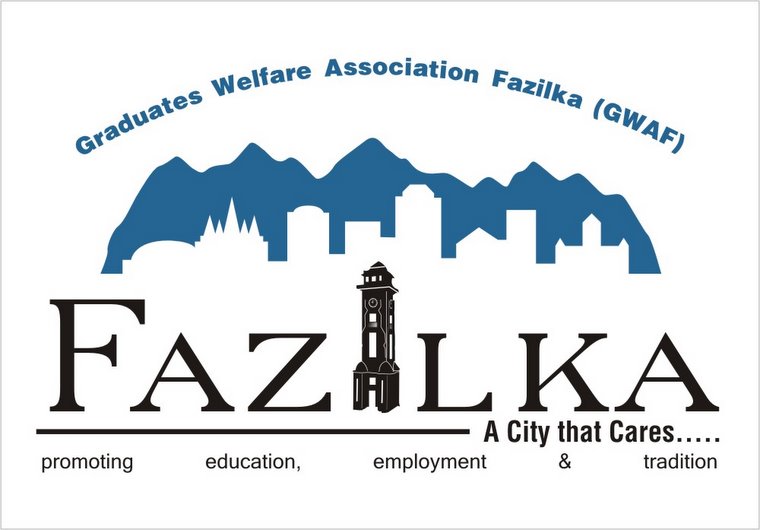Stained teeth and abdominal disorders are quite common among them
Praful Chander Nagpal
Fazilka Water Woes |
 |
Fazilka, April 23
Residents of Fazilka have a typical characteristic: stained teeth, discoloured due to high content of fluorine in drinking water. Besides, a majority of middle-aged residents limp due to the high incidence of arthritis in this sub-divisional town. Many of the residents also suffer from abdominal disorders.
The residents are exposed to major health risks due to lack of potable water despite over six decades after independence with every government claiming to have provided the basic amenities. The residents lament that the water supply is inadequate. The problem of negative pressure exists in most outer areas of the town, including Radha Swami Colony, Madhav Nagri, Jattian Mohalla, Anni Delhi locality, Badal Colony etc. The low level taps are installed in the streets.
President of Shaheed Bhagat Singh Sabha Committee, Madhav Nagri, Gurdev Singh said his locality was not getting proper supply of drinking water for the past three months. Showing empty utensils, residents of the locality staged a demonstration near Banke Bihari Mandir. They rued that earlier also, contaminated water emanating foul smell, was being supplied to the locality. They raised slogans against the Municipal Council authorities for not supplying adequate drinking water.
A majority of the affluent and middle class residents have installed motors to draw water from the main lines, which results in negative pressure. "We have to fit plugs in low-level water pipes as there is less pressure in taps. We are left with no other alternative," said Baljit Singh of Badal Colony. Notably, most are kept open resulting in negative pressure and contamination.
The MC authorities and officials, however, deny these facts saying 12 deep-bore tubewells and three overhead tanks cater to the drinking water needs and combat negative pressure.
Senior medical officer Dr YK Gupta has directed the municipal authorities to take mandatory five samples of drinking water from different locations of the town every month. The samples are sent to the Department of Microbiology, GGS Medical College, Faridkot. Interestingly, the report of samples mentions the water as "excellent".
Sources, on the condition of anonymity, disclosed that the reason for the excellent report was that the water samples submitted for test were chlorinated whereas in routine, chlorination is seldom done.
While the plight of "aam aadmi" goes unheard, the affluent and middle class residents have installed reverse osmosis (RO) systems in their houses. According to an estimate, 2700 RO systems have been installed in the town. There is yet another section of the town that purchases "purified" water supplied by private concerns in 20-litre water cans. The cost of water in each can is about Rs 15. Nearly 2,200 cans are sold daily in the town during summer.
The only silver lining for uninterrupted canal-based water supply is a canal-based water project that was initiated in 2001. However, it proved to be a half measure as area around the canal-based water tank (spread on 10 acres) became unhygienic in the absence of a fence. Moreover, the project was attached to a canal which remains filled from May to October only. Hence, about 8,000 residents get tubewell water supply for most part of the year.
Now, it has been proposed that the canal-based water project is linked to the perennial Gang Canal at a distance of 16 km from Fazilka on the Abohar road.
According to local MLA Surjit Kumar Jyani and Municipal Council president Anil Sethi, the approval for drawing seven cusecs of water daily had been secured from the Rajasthan government. Rs 10 crore has been sanctioned for laying water mains along the 16-km stretch to connect the canal-based project to the Gang Canal for an uninterrupted water supply.
When would the project take a practical shape? It is anybody's guess. (To be continued)


No comments:
Post a Comment